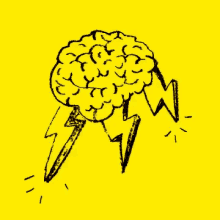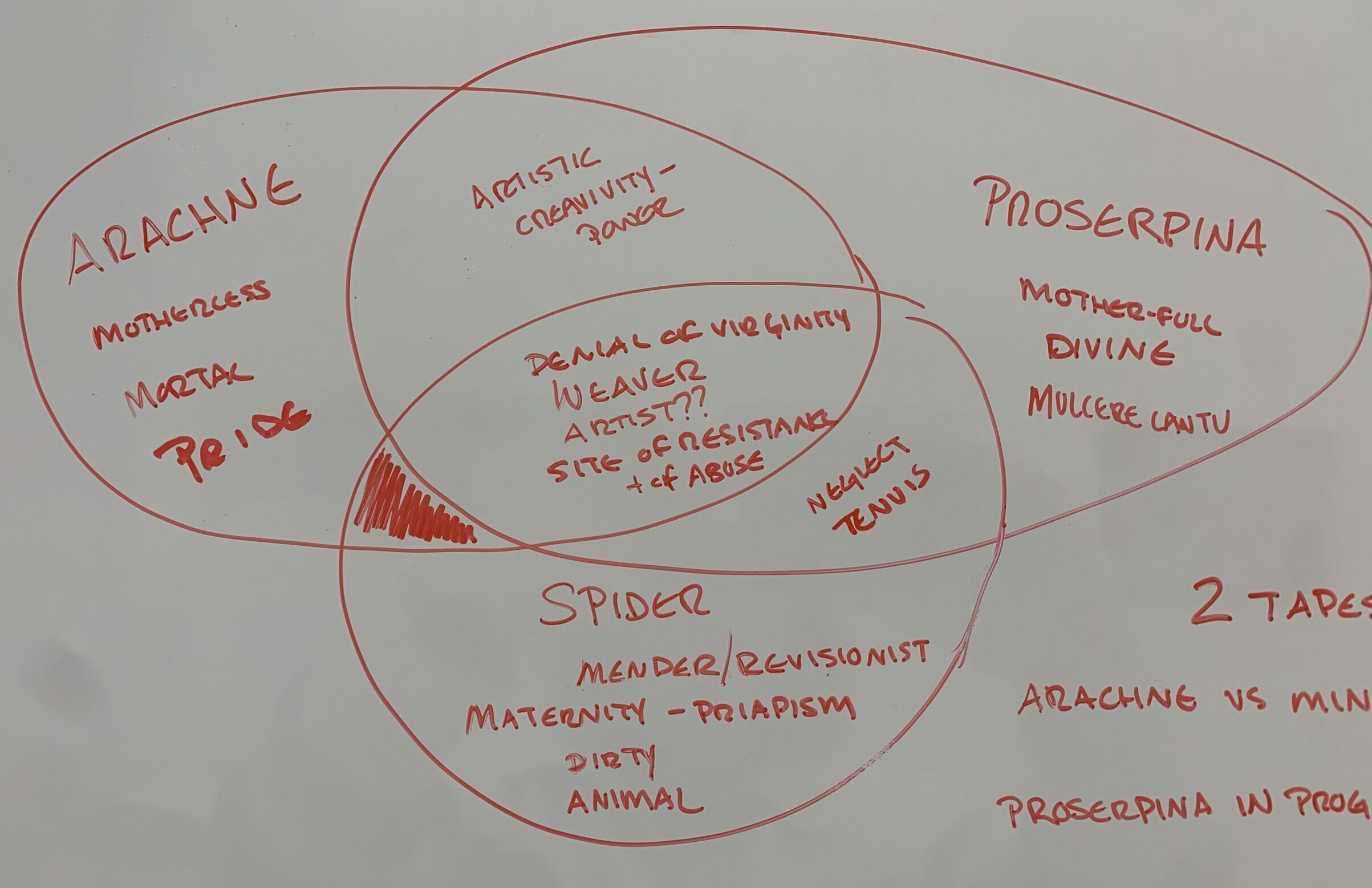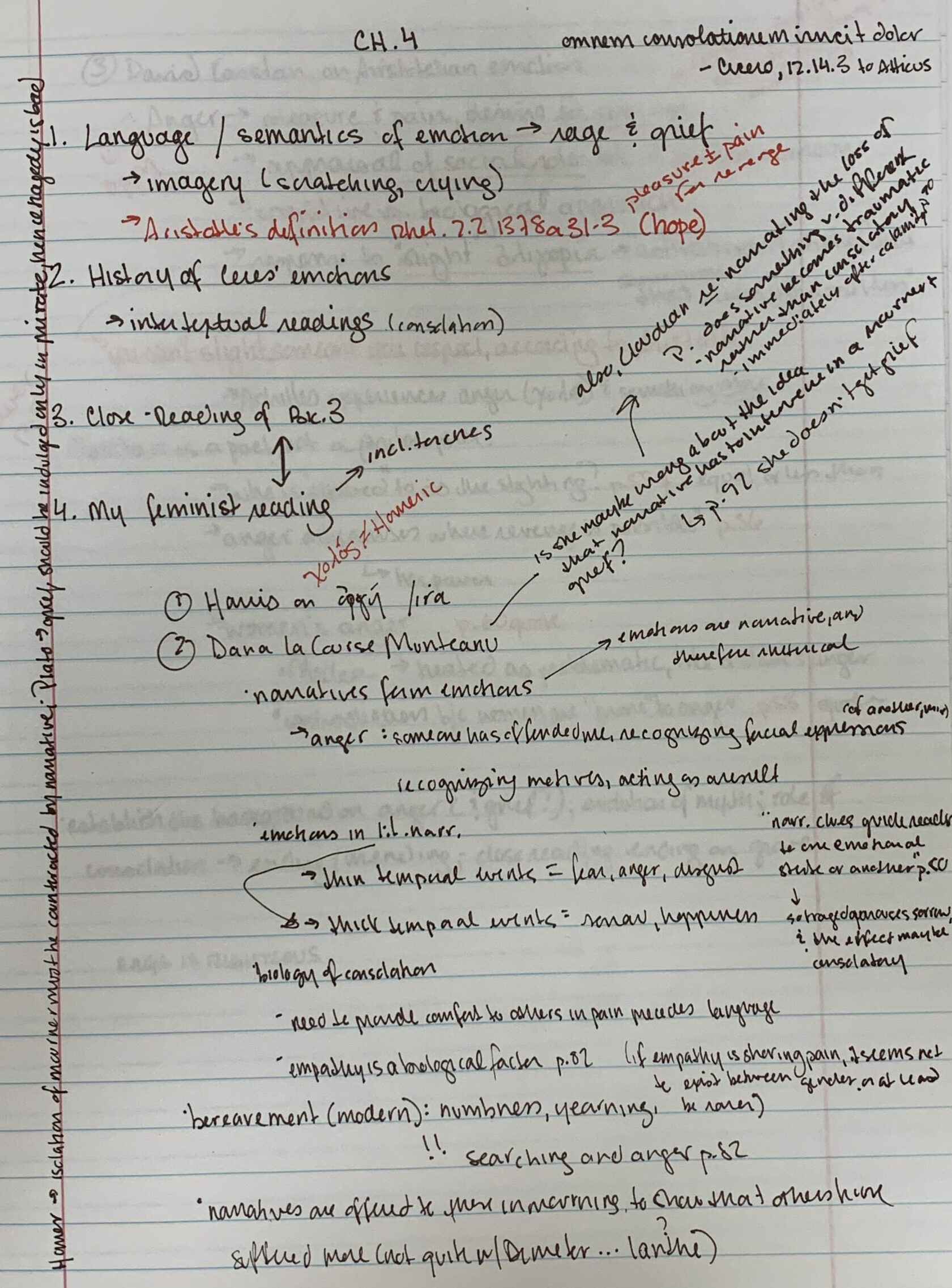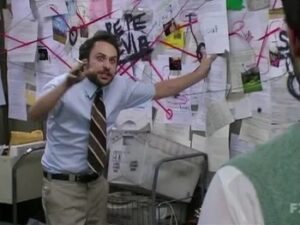“The beautiful part of writing is that you don’t have to get it right the first time, unlike, say, a brain surgeon.”
— Robert Cormier, American author, columnist and reporter
When it comes to college writing, one of the biggest mistakes a writer can make is treating a paper as a single monolithic task. The most successful writers (however you define that term– to me, successful writers are those for whom the business of writing isn’t crippling ) are the ones who break writing up into smaller pieces. Starting at the first sentence of the introduction and writing to the last sentence of the conclusion very, very rarely works. That’s why we teach writing as an iterative process, something that moves in spurts and starts, not something that is linear.
Since many of us get sidetracked by the need to get our wording “just right” as we draft, that can be a very anxiety inducing part of the process. One of the most powerful tools to help, in a situation like that, is free-writing. Free-writing means writing continuously, without stop, without any attention to grammar or sentence structure or style. Often, free-writing gives us some of the best raw material for building out more polished writing.
So next time you feel stuck, or getting sucked into the minutia of your sentences, or are simply getting bored of writing, try one of these exercises:
Free-Write like the CIA
- set a timer for 2 minutes and start writing
- the only rule is: don’t stop writing! If you need write “I don’t know what to write” 16 times in a row, go for it!
- leave blanks spaces (or place holders, like ‘verb here’ or ‘quotation’ or ‘come back to this’) when you start to hesitate.
- if you’re a multilingual writer, try writing in a language other than English or a mix of both.
- the free-writing may look like some sort of redacted CIA document as you writes, but the point is to ignore individual word choice and focus instead on general gist
- you can also try “invisible writing”, dimming the computer screen while writing so that you doen’t get sucked into the temptation of fixing individual word choice
Looped Free-Writing (aka ‘mining’)
- set a timer for 2 minutes and start writing, following the prompt above
- after 2 minutes look over what you’ve written, pick one sentence (or phrase, or idea) that you find interesting
- write for another 2 minutes expanding on that idea (still focusing on writing continuously, not writing nicely)
- repeat as long as this is productive
You can use free-writing at the very beginning of your writing process, as you’re collecting your ideas, after you’ve sorted out your structure or outline and are getting started with drafting, when you get stuck in an unproductive writing rut…pretty much any time you like! Give it a go this week and see what happens…





